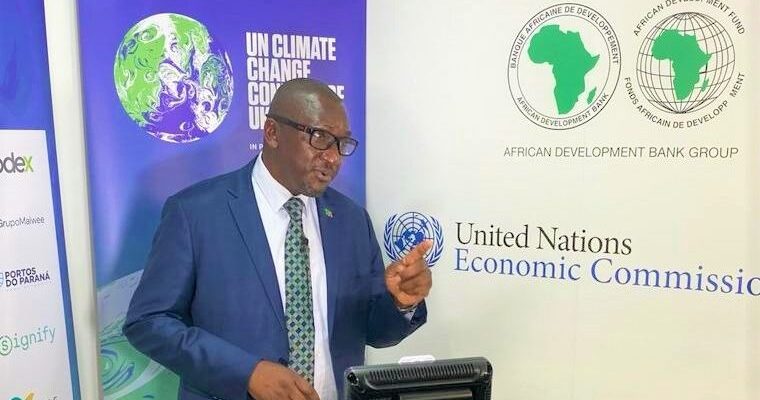Government says it has started setting up Modern Hydro-Meteorological
observation infrastructure in all the districts in order to strengthen early warning systems to disasters.
Green Economy and Environment Minister Collins Nzovu says this is one of the ways to strengthen early warning systems to aid disaster responses and preparedness as well as strengthen the country’s adaptation to climate
change for sustainable development.
Nzovu said the expanded Hydro-Meteorological infrastructure would enhance understanding of the weather, climate and water across generations,thereby building resilience in the sectors and the economy, now and into
the future.
He said the expanded and modernized meteorological observation infrastructure would support and contribute to early warnings for all initiative, launched by United Nations (UN) Secretary-General António Guterres and endorsed at COP27 in Sharm-El-Sheikh In 2022.
“The Ministry through the Zambia Meteorological Department has designed operational services ranging from daily weather forecasts to long-term climate predictions that would help the society to be weather-ready and climate-smart,” Nzovu said.
He has noted that the ever-growing population faces a wide range of hazards such as heavy rains, high temperatures, droughts, flash floods and floods among others.
Nzovu said this during the launch of the World Meteorological Day 2023 under the theme: “the future of weather, climate and water across
generations” which fell on Thursday in Lusaka.
He said the urbanization and the growing population means that more people were exposed and become vulnerable to the impacts of adverse weather and climate.
“You may recall that in October 2022, issued a statement on the 2022/2023 rainfall season forecast which indicated that Zambia was going to experience normal to above normal rainfall.
The advisory information included the possible occurrence of flash floods and floods, infrastructure damage and occurrence of water borne and diarrhoea diseases,” Nzovu said.
He said many parts of the Country have experienced extreme weather events
in the current rainfall season ranging from a delayed onset of the rains in the north-eastern Zambia to heavy rains accompanied by flash floods and flooding later in January and February across the country.
Nzovu said extreme weather events have negatively impacted agricultural
activities, damaged roads, bridges and other infrastructure, and have disrupted many livelihoods across the country.
Zambia and the international community commemorate the establishment of the
World Meteorological Organization every 23rd March of a year.
Contributed by Julius Phiri
WARNING! All rights reserved. This material, and other digital content on this website, may not be reproduced, published, broadcast, rewritten or redistributed in whole or in part without prior express permission from ZAMBIA MONITOR.












Comments